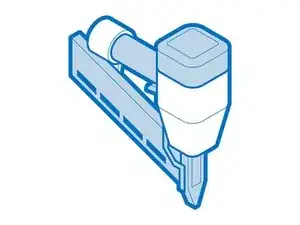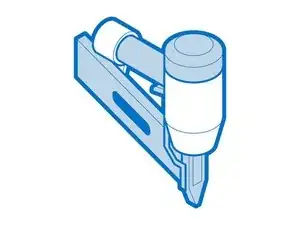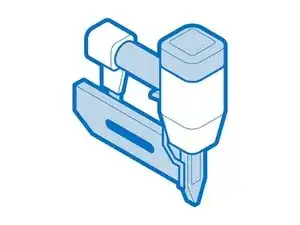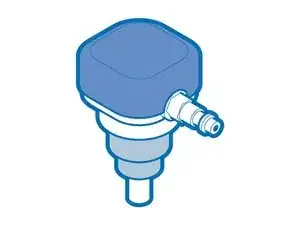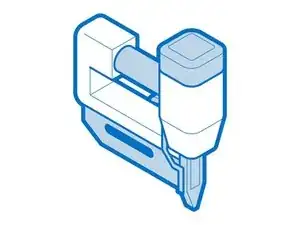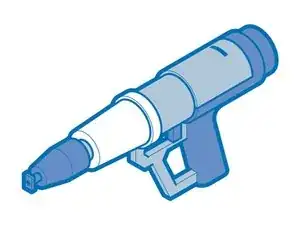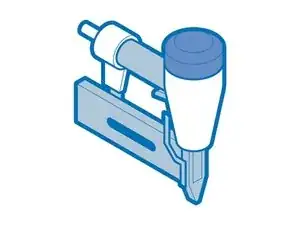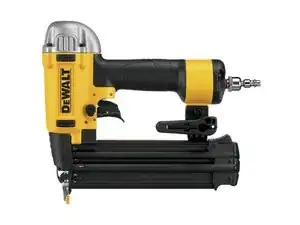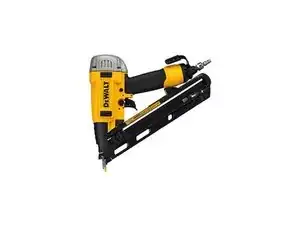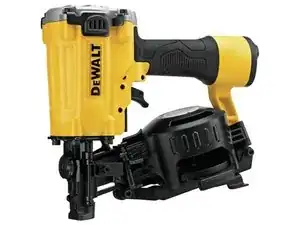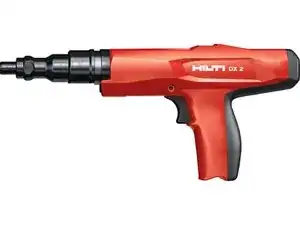Background and Identification
Nailers, also known as nail guns, are tools that drive nails into building materials. Nail guns essentially allow builders to connect building materials much faster than they could with a hammer. Nailers are commonly used for wood framing, flooring, roofing, siding, and carpentry.
There are a variety of different mechanisms for powering nailers. Thus, there are numerous categories of nailers, including powder-actuated nailguns, combustion-powered nailguns, electric nailguns, and solenoid-powered nailguns.
Nailers can be paired with different size nails depending on their intended use. Some nailers are specially designed to fire large fasteners, such as spikes, that are up to 6.5 inches long.
It is important to be aware of safety practices when operating a nail gun. In the U.S., about 42,000 people a year suffer nail gun injuries that wind them up in the emergency room. These injuries are often in the user’s hands and feet, caused by the slip of a hand or another accident that changes the nail gun’s target.
Nail gun safety can be maintained by following six steps established by the Occupational Safety and Health Administration (OSHA):
- Use the full sequential trigger
- Provide and undergo adequate training
- Establish and follow effective work procedures
- Use personal protective equipment (PPE)
- Encourage discussion of injuries and close calls
- Provide and have access to first aid and medical treatment
Nailers vary in appearance, but they are all handheld contraptions that include a nail firing mechanism housed in an encasing.
